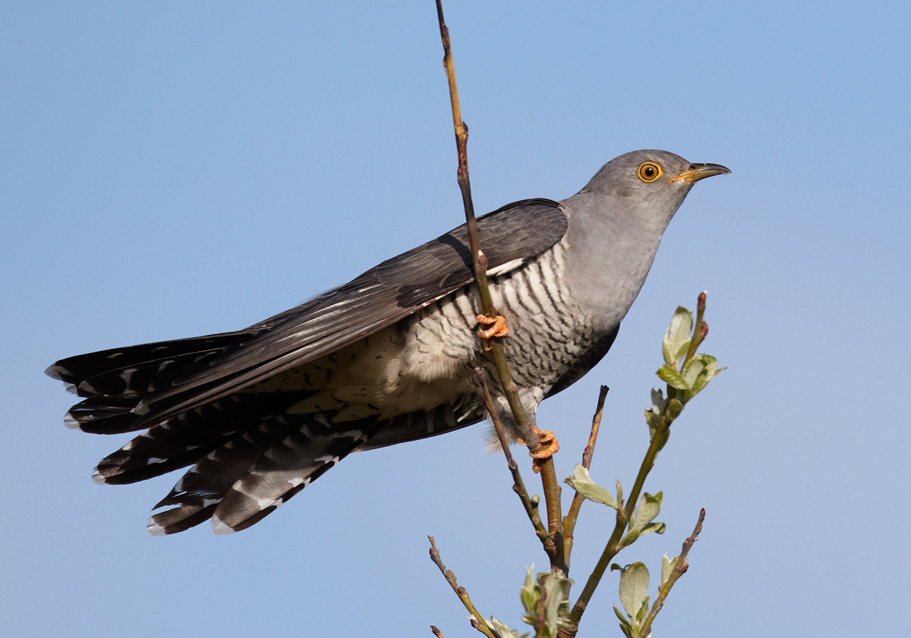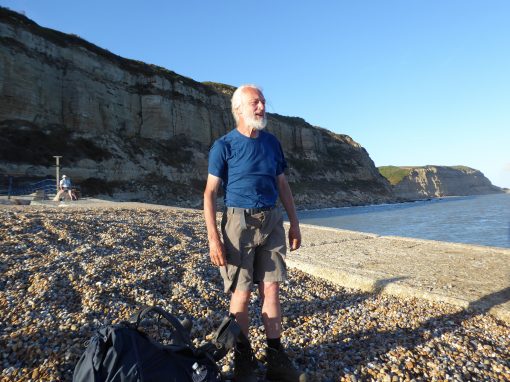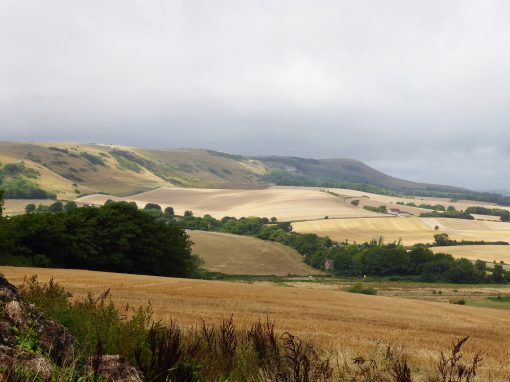
I need to preface this post with the admission that its contents are my musings and guesswork while on the trail, not the result of research. I welcome comments from anyone who can add to it or put me right.
On Day 0 – that’s the day I arrived at Durness from Inverness – I heard a cuckoo for the first time in years – decades maybe. I was delighted. The song evoked memories of childhood when they were common in the south of England. I heard cuckoos thereafter on every day of the Cape Wrath trail, as far south as Glenfinnan (Day 19) and then only once more during the entire walk, on the West Highland Way.
Some weeks later – I think it was when I was walking through Wharfdale – my mind was turning on something quite different: I was wondering how diatonic tonality – that is music built around the diatonic major scale and its derivatives, the diatonic minor and the even-tempered, twelve-note chromatic scale (and their variants) came about. I don’t think it was inevitable; there are other tonalities in the world.
My first thought came from considering the most ancient music with which I am personally acquainted, Byzantine chant and especially its more modern Russian counterpart, Znameny chant. In these traditions it is common to hear the basses hold a long, sustained note, while the other voices weave a complex melody above. Any tonality could be presented this way; however, because there are two notes sung simultaneously, different intervals will sound more or less consonant. In particular, the unison (or the octave) and the fifth (or the twelfth) will sound ‘special’ and consonant because the vibrations of the notes will be synchronised.
A good start, but it’s not enough. then I remembered my old friend the cuckoo. You see, the two notes of the male bird’s song are exactly a major third apart – neither a tad over nor under – and it doesn’t vary from individual to individual. So we now have the interval of a fifth from our chanters and a major third copied from the song of the cuckoo; put the two together and you have a major triad, the foundation of diatonic tonality. Build a second major triad on the fifth and you already have rudimentary diatonic harmony and the rest is pretty much inevitable.
And it makes sense: diatonic tonality has its origins in Europe, where the cuckoo breeds.
So where did the cuckoo get it from? I started listening to the animals and birds about me on my walk and I noticed that change in pitch is often accomplished using harmonics rather than change in the pitch of the fundamental; cattle and chickens (especially that cockerel which woke me at 5:00 a.m. in Hawkesbury Upton) do their thing primarily by using harmonics; it is we humans, I suggest, who may be the odd ones out, having refined our control of the fundamental. So maybe the male cuckoo has honed its singing of the third and fourth harmonics, which in turn has inspired us to move from melody to diatonic harmony, which has spread from Europe to America and now influences the music of most of the world…
What do you think?

